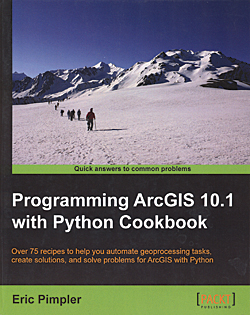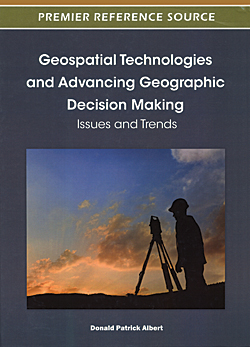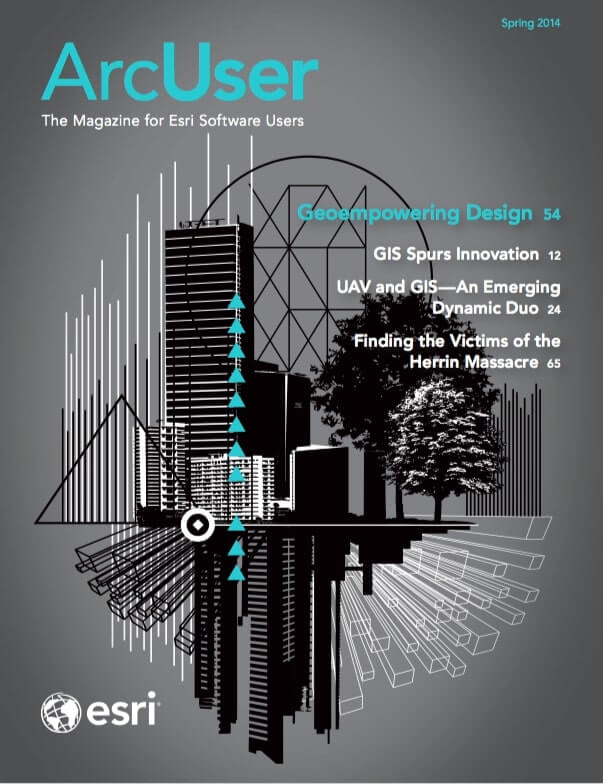
Programming ArcGIS 10.1 with Python Cookbook
By Eric Pimpler
This is a Python book for GIS professionals who have a basic knowledge of Python or another programming language and want to optimize their workflows with Python. The recipes in Programming ArcGIS 10.1 with Python Cookbook will teach them how to create geoprocessing scripts with ArcPy, customize, create time-saving tools and scripts for ArcGIS, and modify ArcGIS with Python. Using these techniques will make GIS professionals more effective and efficient by automating geoprocessing tasks, better managing map documents and layers, finding and fixing broken data links, and editing data in feature classes and tables.
After introducing the fundamentals of Python programming using ArcPy in the ArcGIS environment, the book covers specific ArcGIS scripting for managing map document layers, automating map production and printing, finding and fixing broken data sources, and working with feature classes and tables. The next chapters deal with executing geoprocessing tools from scripts; creating custom geoprocessing tools; querying and selecting data; manipulating tables; and describing GIS data. The final chapters introduce customizing ArcGIS with add-ins and error handling and troubleshooting.
This is a practical book about getting things done. Numerous hands-on recipes will help save time and effort by using Python to turbocharge ArcGIS with scripts, tools, and customizations. Sections for each task follow a format that makes it easy to understand and remember. Each section explains not only what to do to acccomplish a task but also why it is done and how it works. Warnings and tips are sprinkled throughout the book. Two helpful appendixes are included: “Automating Python Scripts” and “Five Things Every GIS Programmer Should Know.” Packt Publishing, 2013, 304 pp., ISBN: 978-1849694445

Geospatial Technologies and Advancing Geographic Decision Making: Issues and Trends
By Donald Patrick Albert
Geospatial Technologies and Advancing Geographic Decision Making: Issues and Trends has policy analysts, academicians, and geospatial practitioners as its target audiences. This book, authored primarily by academics, is divided into two sections. The first presents an overview of the philosophy, education, training, and prospects for those in or entering the applied geospatial industries. The second section provides examples of application domains within applied geospatial research. The examples cited focus on the calculation of statistical and spatial analytic measures that benefit decision making in the areas of emergency response, transportation planning, epidemiology, retail site selection, and urban planning. IGI Global, 2012, 423 pp., ISBN: 978-1466602588

